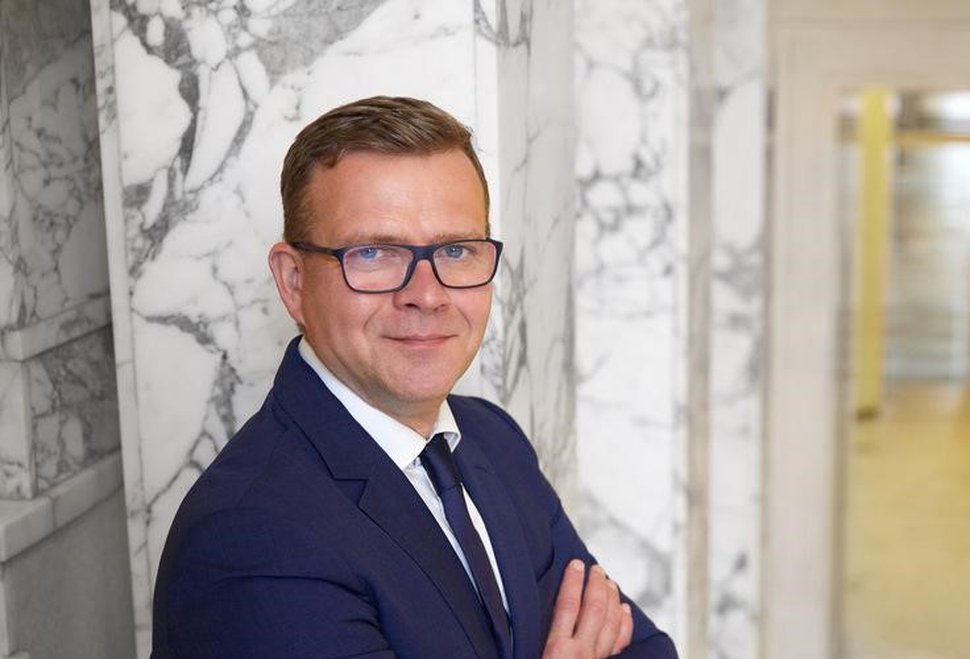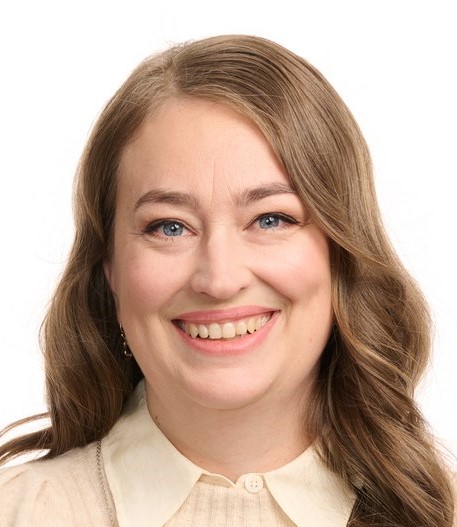Swedish People’s Party is kingmaker in Finnish government negotiations, aid hangs in the balance

Petteri Orpo, leader of the National Coalition Party, will be Finland’s next Prime Minister. He says significant aid cuts are unavoidable. To form a majority government, he needs the pro-aid Swedish People’s Party. (Photo: National Coalition Party)
Out of 200 seats, the National Coalition Party and the right-wing Finns Party won 48 and 46 seats, respectively. In third place, the Social Democrats, the party of former Prime Minister Sanna Marin, managed to increase their number of seats from 40 to just 43. And the election results were a bitter blow to two other pro-aid parties: the Greens and Left Alliance.
The tradition in Finnish politics is for the leader of the winning party to become prime minister. As such, Petteri Orpo of the National Coalition Party will be Finland’s next Prime Minister.
To form a majority government, Orpo must seek partnership with either the Finns Party or the Social Democrats. Whichever he chooses, this will not be sufficient to form a majority and the future government must seek support from smaller parties, especially from those which managed to maintain their seats in the election. Most crucially, National Coalition will need partners whose views on the economy echo sufficiently strongly their own calls for strict austerity measures. The four parties negotiating to form a government are: National Coalition, Finns, the Swedish People’s Party and the Christian Democrats. Whether this coalition will find a consensus on a joint government programme, however, has been the subject of intense negotiations over the past three weeks.
Migration, climate, and EU policies also emerged as key issues during election campaigning. On these issues, the positions of the two largest parties stand farthest apart. National Coalition portrays itself as an international, EU-oriented, climate-concerned, and pro-labour immigration alternative, whereas the Finns Party has voiced deeply rooted EU scepticism, as well as anti-migration, anti-aid, and anti-climate policy statements. The differences were highlighted by the fact that the traditional ally of National Coalition and the winner of the 2015 elections, the Center Party, suffered a massive loss this round (mainly to the Finns Party), and has stated outright that it would remain in the opposition.
 In this situation, the Swedish People’s Party has found itself in an intriguing position. Regardless of the colour of the coalition, any majority government will need them to rule. Prior to the election, there was lively debate about what pre-conditions would be necessary for the Swedish People’s Party and the Finns to sit in the same government. Such a scenario was largely seen to be “vision impossible.”
In this situation, the Swedish People’s Party has found itself in an intriguing position. Regardless of the colour of the coalition, any majority government will need them to rule. Prior to the election, there was lively debate about what pre-conditions would be necessary for the Swedish People’s Party and the Finns to sit in the same government. Such a scenario was largely seen to be “vision impossible.”
While sharing many of the same concerns as the National Coalition Party, the Swedish People’s Party has one additional demand on its negotiations list that is in total opposition to the Finns Party’s platform: the Swedish People’s Party has called for an increase in the Finnish aid level to 0.7 per cent of GNI during this government’s term in office, while the Finns Party has advocated for a range of gloomy scenarios for Finnish ODA, from slashing everything except assistance to Ukraine to a total abolition of aid.
Photo: Marikki Karhu
In this regard, the declaration of Swedish People’s Party leader Anna-Maja Henriksson during the second week of the government-formation negotiations that her party will not agree on cuts in the aid budget was a historic move. She underlined that the Swedish People’s Party aims to safeguard both Finland’s support to Ukraine and global development assistance. This is likely the first time in the history of Finnish politics that the 0.7 of GNI target has been so central in the government negotiations.
The Swedish People’s Party is now the kingmaker, though with just nine seats and one representative from Åland, it seems likely that should the four parties that are currently negotiating end up forming a government, cuts in aid spending will occur. The question is on what scale. All negotiating parties have agreed at least tentatively to National Coalition’s plan to overall government spending in order to balance the Finnish economy. Recent discussions about the alarming needs in the Finnish social and health service system have put even more pressure on sectors like development financing.
The Finnish Ministry of Finance plays a key role in these negotiations, especially when the budget deficit is in focus. Prior to the election, the Ministry had called for a decrease in Finnish aid to the OECD average of 0.33 per cent of GNI (2021) during the coming government term. This would imply EUR 200-300 million in cuts. The question of ODA level is, however, tricky. Thanks to in-country refugee costs and ODA-eligible support to Ukraine, Finnish aid jumped statistically from 0.47 to 0.58 per cent of GNI between 2021 and 2022. This high level is unlikely to hold for long. In response to the Swedish People’s Party demands for a level of 0.7 per cent of GNI, Orpo has stated that significant cuts in aid cannot be avoided.
 Although the final position of the National Coalition Party on the overall expenditure framework has not yet been made public, it is known that the party is advocating significant transfers (EUR 100 million annually) from grant aid to financial investments as they did the last time they were in government (2015-2019). The rationale here is to channel more funding to investments and loans and, in so doing, to secure aid funding outside the state budget without increasing the budget deficit. Meanwhile, the Finns Party has proposed aid cuts of EUR 500 million (compared with an aid budget of EUR 1.12 billion for 2023). The cuts would hit hardest the development assistance that is managed by the Ministry for Foreign Affairs (EUR 710 million in 2023).
Although the final position of the National Coalition Party on the overall expenditure framework has not yet been made public, it is known that the party is advocating significant transfers (EUR 100 million annually) from grant aid to financial investments as they did the last time they were in government (2015-2019). The rationale here is to channel more funding to investments and loans and, in so doing, to secure aid funding outside the state budget without increasing the budget deficit. Meanwhile, the Finns Party has proposed aid cuts of EUR 500 million (compared with an aid budget of EUR 1.12 billion for 2023). The cuts would hit hardest the development assistance that is managed by the Ministry for Foreign Affairs (EUR 710 million in 2023).
Photo: Inka Hopsu
This would effectively mean an end to Finnish multilateral, bilateral, and civil society support as we know it, leaving only aid to Ukraine and most of humanitarian assistance. Setting their demands this high makes the Finance Ministry’s original proposal of EUR 200-300 million in cuts look like a less bitter deal.
In sum, much hinges on the Swedish People’s Party and its ability to withstand this pressure. The fourth party in the government-formation negotiations, the Christian Democrats, with five seats, joined the Swedish party’s pro-aid stance during the third week of negotiations. Finnish bishops and Finnish CSOs have also supported the call to uphold funding for development assistance.
These two small parties, along with more globally oriented National Coalition MPs, could in theory block the most drastic scenarios from materializing. No political party in Finland has ever risked its position in government for the sake of development assistance. In this unusual situation, should more red-flag issues emerge for Swedish People’s Party as negotiations proceed, the question of aid could actually become the deal breaker.
_________________________________________
Marikki Karhu is Secretary General of the Finnish Development Policy Committee.
Inka Hopsu (the Greens) is Chair of the Finnish Development Policy Committee.
